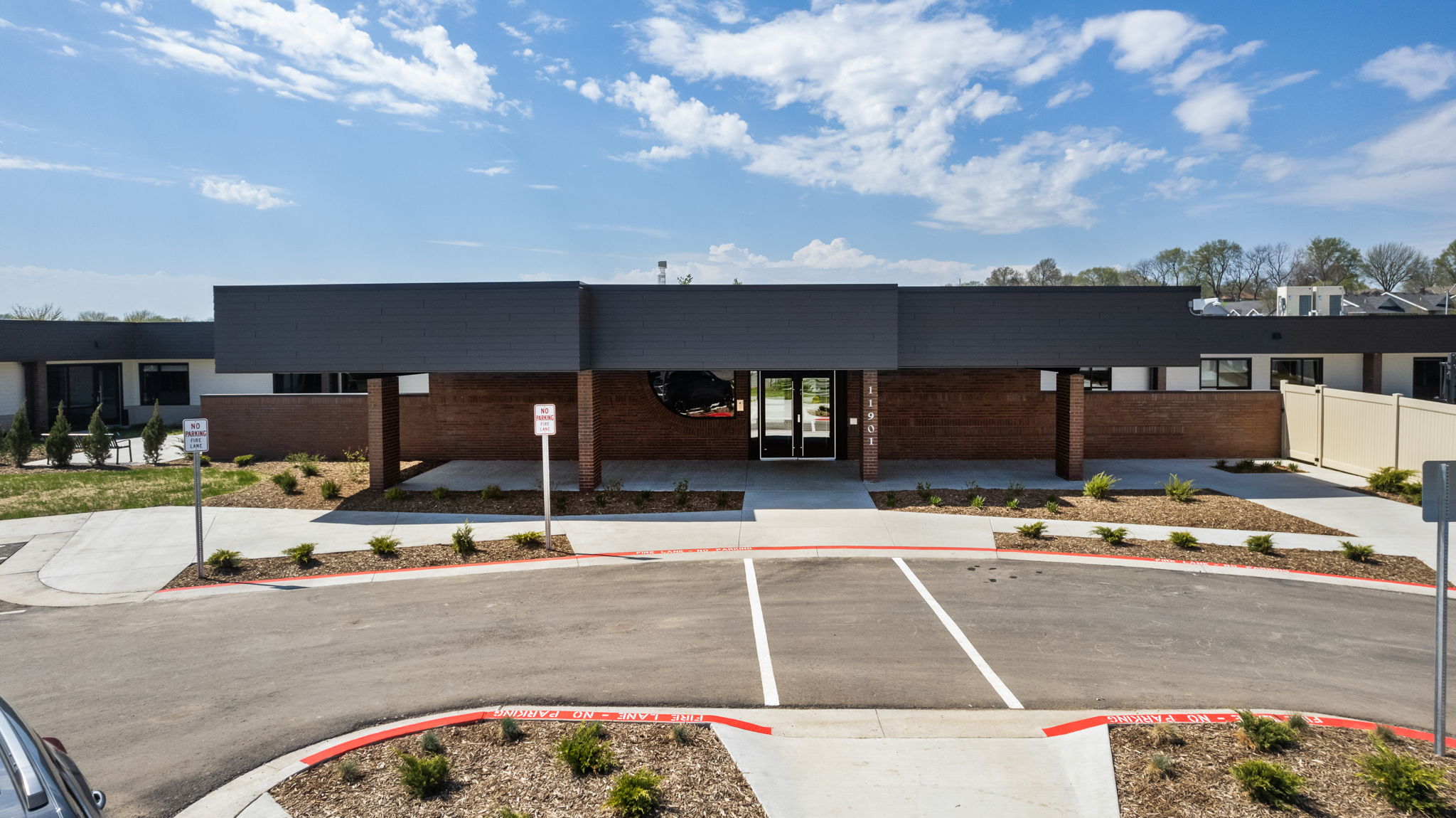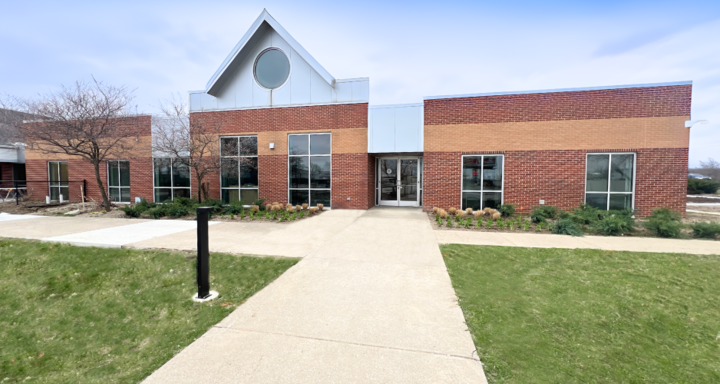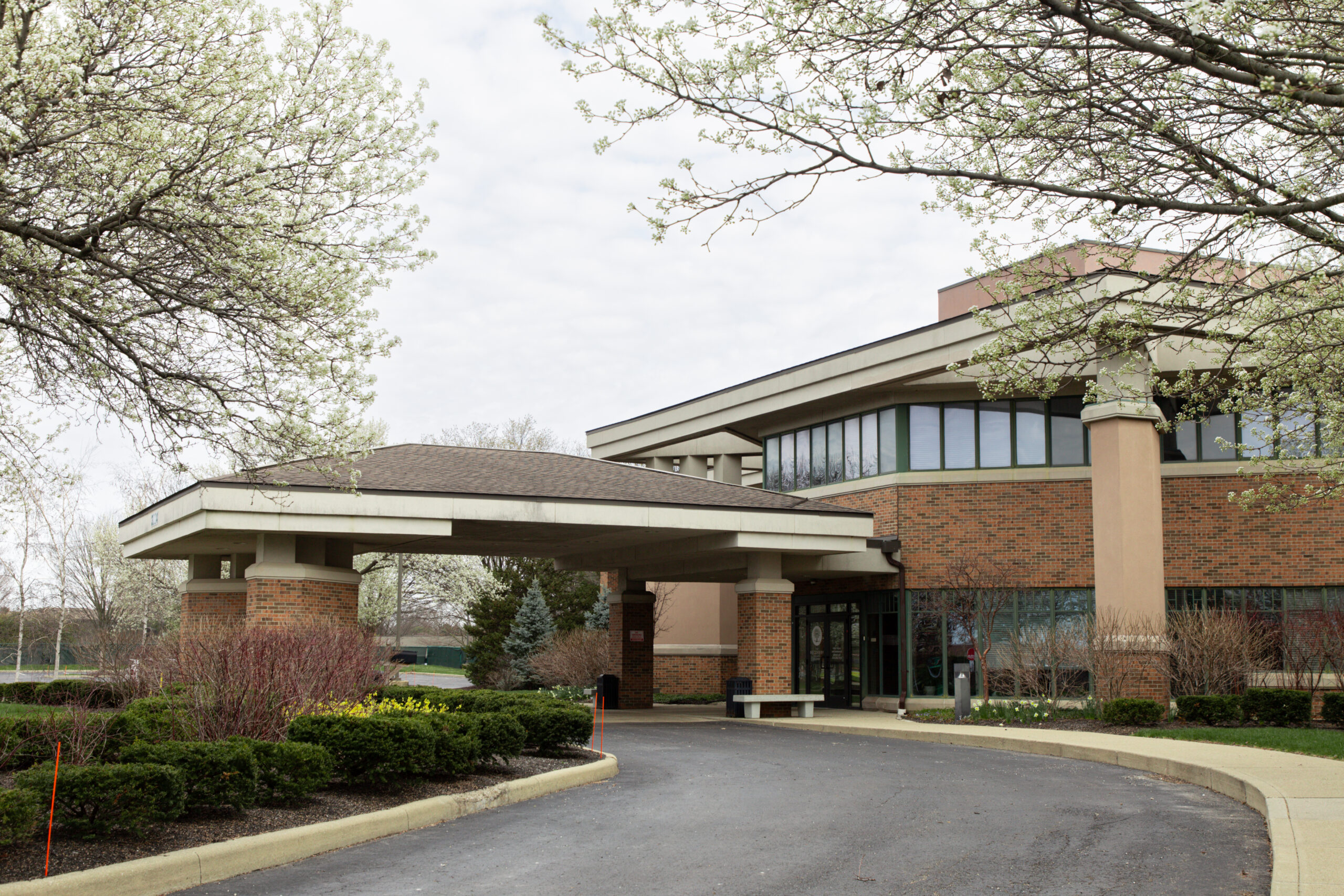Narcotic abuse and addiction are major problems central to the ongoing opioid epidemic. As highly addictive substances, narcotics can be very dangerous if misused. It is important to know the risks of narcotics addiction and abuse if you or a loved one takes a narcotic. If you have developed a narcotics addiction, help is available, and recovery is possible.
What Are Narcotics?
Narcotics are a class of drugs commonly referred to as opioids. Opioids are prescription pain medications, ranging in potency from moderate to very powerful. Most narcotics bind to the same receptors in the central nervous system and have pain-relieving abilities and the potential for abuse.
Narcotics work by binding to opioid receptors in the brain and spinal cord and throughout the central nervous system. This reduces how pain messages are sent to the brain and how the body senses pain. For years, opioids were often the first line of treatment for pain. Now, there has been a significant effort to reduce the prescribing of opioids, and they’re only intended to be used in cases in which pain hasn’t responded to other treatments.
Opioids are available as either immediate or extended-release medications.
- An immediate-release opioid starts working to relieve pain right away.
- Extended-release opioids are intended for around-the-clock pain management.
Some of the side effects of narcotics can include:
- Drowsiness
- Slowed coordination and activity
- Constipation
- Slow breathing
- Nausea
- Vomiting
- Concentration problems
- Addiction
- Dependence
Narcotics are classified as controlled substances in the U.S., and most are categorized as Schedule II drugs, meaning they have medical uses but are also habit-forming and have a high potential for abuse. Narcotics can also fall outside this classification system if they are illegal. Heroin, for example, is an illicit street drug, a narcotic with no medical uses in the U.S.
What Do Narcotics Look Like?
Narcotics are drugs taken orally or injected. Narcotics are also available as lollipops, syrups and suppositories. Narcotics can be broken into subcategories based on whether or not they are naturally derived, synthetic or semi-synthetic. Naturally derived narcotics include morphine, which comes from the poppy plant. Synthetic and semi-synthetic narcotics are designed to replicate the structure and effects of natural narcotics. Some common narcotic drugs include:
- Morphine
- Fentanyl
- Hydrocodone
- Hydromorphone
- Methadone
- Oxycodone
How Do Narcotics Work?
Narcotics are a class of drugs that work by binding to opioid receptors in the brain. These receptors are responsible for the perception of pain and pleasure. When a narcotic binds to an opioid receptor, it triggers the release of dopamine, a neurotransmitter that produces feelings of pleasure and euphoria. This is why narcotics can be addictive, as the repeated use of these drugs can lead to the development of tolerance, which means the person needs to take more of the drug to achieve the same level of pain relief or pleasure. Additionally, the repeated use of narcotics can lead to dependence, which means the person experiences withdrawal symptoms if they stop taking the drug.
Narcotics can also reduce pain by increasing the pain threshold, which is the amount of pain a person can feel before they experience discomfort. This is because narcotics block pain signals from the body to the brain. As a result, people who take narcotics often report feeling less pain, even if the pain is still present.
Illegal Narcotics
Illegal narcotics are drugs prohibited by law from being manufactured, sold or possessed. These drugs are often highly addictive and can have serious health consequences.
One example of an illegal narcotic is heroin. Heroin is a highly addictive opioid made from morphine, derived from poppy plants. Heroin can be smoked, snorted or injected intravenously.
Heroin is classified as a Schedule I substance in the U.S., meaning it has a high potential for abuse and no currently accepted medical use. As a result, the drug is illegal to possess or use in the U.S.
Heroin is especially dangerous because it acts very quickly on the body and can cause respiratory depression. This can lead to a coma or even death. Heroin is also highly addictive, and people who use it often find quitting difficult.
Narcotics Addiction
Narcotics addiction is at the core of the opioid crisis. This kind of addiction can lead to many complications, including short and long-term side effects. One of the most dangerous complications of a narcotics addiction is the risk of overdose. As a result, it is crucial to be aware of the dangers if you suspect a loved one has a narcotics addiction.
Are Narcotics Addictive?
Narcotics, whether prescription drugs or heroin, are some of the most addictive drugs. Narcotics bind to opioid receptors in the brain, which triggers a flood of dopamine, creating feelings of euphoria or pleasure. This reward and reinforcement response in the brain can lead to addiction.
The body quickly builds a tolerance to narcotics, requiring higher doses of a substance to feel the desired effects. A narcotic tolerance leads to dependence, meaning a person will go through withdrawal when they stop using the narcotic. In response to the addictive nature of opioids, many doctors have started limiting the number of prescriptions and are trying to recommend alternatives for pain management.
Anyone with a personal or family history of substance abuse might not be a good candidate for opioids.
Narcotics Overdose
Narcotics are not only dangerous due to their addictive nature, they can also cause a fatal overdose. Narcotics slow the central nervous system — affecting breathing and heart rate. If someone takes a large dose of narcotics or mixes them with another CNS depressant, such as benzodiazepines, their breathing may slow to a dangerous level. The best way to minimize the risks of narcotic addiction, dependence and overdose is only to use these drugs as prescribed. If someone abuses narcotics, they are at an even higher risk of becoming addicted.
Side Effects of Narcotic Addiction
Narcotic abuse and addiction can result in several serious short and long-term side effects. The intensity of these side effects depends on several factors, including the duration and severity of misuse.
Short-Term Side Effects
- Dizziness: This is a feeling of lightheadedness or unsteadiness. It can be caused by the effects of narcotics on the central nervous system.
- Drowsiness: This is a feeling of sleepiness or fatigue. It is one of the most common side effects of narcotics.
- Constipation: This is a decreased frequency of bowel movements. It is caused by the effects of narcotics on the digestive system.
- Dry mouth: This is a decreased production of saliva. It can cause a feeling of thirst and make it difficult to swallow.
- Headaches: These are caused by the effects of narcotics on the blood vessels in the head.
- Nausea: This is a feeling of an urge to vomit. It is caused by the effects of narcotics on the digestive system.
- Itching: This is a sensation of an urge to scratch. It is usually mild, but it can be severe in some cases.
Severe short-term side effects of narcotics include:
- Cardiac arrest: This is a sudden stop of the heart. It is a life-threatening emergency.
- Difficulty breathing: This can be caused by the effects of narcotics on the respiratory system.
- Chest pains: These can be caused by many things, including heart problems.
Long-Term Side Effects
- Damage to the brain and nervous system: Narcotics can damage the brain and nervous system, leading to problems with memory, concentration and decision-making.
- Reduced immune system function: Narcotics can suppress the immune system, making people more susceptible to infections.
- Liver and kidney damage: Narcotics can damage the liver and kidneys, leading to problems with these organs’ ability to function properly.
- Heart disease: Narcotics can increase the risk of heart disease, stroke and other cardiovascular problems.
Some of the most common psychological side effects of narcotics addiction include:
- Depression: Narcotics can lead to depression, making it difficult to function in everyday life.
- Anxiety: Narcotics can also lead to anxiety, making people feel restless and irritable.
- Mood swings: Narcotics can cause mood swings, making people feel happy one minute and sad the next.
- Psychosis: In some cases, narcotics can lead to psychosis, which is a mental illness that can cause hallucinations and delusions.
Narcotic Overdose
Narcotic overdose is a serious and potentially fatal condition that occurs when someone takes too much of a narcotic drug. Narcotics are drugs that depress the central nervous system, which can slow down breathing and heart rate. This can lead to a coma or even death.
Narcotic overdose is a growing problem in the U.S. In 2020, there were over 70,000 drug overdose deaths nationwide, and opioids were involved in over 50,000 of those deaths.
Many factors can increase the risk of narcotic overdose, including:
- Taking too much of a narcotic drug
- Mixing narcotics with other drugs, such as alcohol or benzodiazepines
- Having a history of substance abuse
- Having a pre-existing medical condition, such as heart disease or respiratory problems
If you think someone is overdosing on a narcotic, it is important to call 911 immediately. While you are waiting for help to arrive, there are a few things you can do:
- Check the person’s breathing and heart rate. You may need to start CPR if they are not breathing or their heart rate is very slow.
- Roll the person onto their side to prevent them from choking on their vomit.
- If the person is conscious, try to keep them awake and talking.
Narcotic overdose is a serious condition, but it is treatable. With prompt medical attention, most people who overdose on narcotics survive.
Narcotics Withdrawal and Detox
Narcotics withdrawal is a process that occurs when someone stops taking narcotics after having been on them for some time. The withdrawal symptoms can be unpleasant and even dangerous, so it is important to taper off narcotics gradually under the supervision of a doctor.
Early withdrawal symptoms usually occur within 12–30 hours after stopping narcotic treatment and can include:
- Tearing up
- Muscle aches
- Agitation
- Trouble falling or staying asleep
- Excessive yawning
- Anxiety
- Runny nose
- Sweats
- Racing heart
- Hypertension
- Fever
Later withdrawal symptoms after stopping narcotic treatment and can include:
- Nausea
- Vomiting
- Diarrhea
- Goosebumps
- Stomach cramps
- Depression
- Drug cravings
If you are experiencing withdrawal symptoms, it is important to seek medical attention. A doctor can help you manage the symptoms and develop a plan for tapering off narcotics safely.
Narcotics Withdrawal Timeline
The duration of narcotic withdrawal symptoms varies from person to person. Some people may experience withdrawal symptoms for only a few days, while others may experience them for weeks or even months. How long withdrawal symptoms last depends on several factors, including the type of narcotic used, the length of time the person took the narcotic and the person’s individual metabolism.
Typically, withdrawal symptoms will begin to appear six hours after stopping narcotic treatment and may last up to a week. However, some psychological withdrawal symptoms, such as drug cravings, may persist even after a week.
Narcotics Detox
If you have trouble managing your narcotic withdrawal symptoms, you may need to seek a medically-assisted detoxification program. This type of program can help you safely get the narcotics out of your system and learn how to cope with any lingering cravings. It is important to seek a medically assisted detoxification program if you are experiencing severe withdrawal symptoms, as psychological symptoms like cravings can be dangerous or lead to risky situations.
Treatment for Narcotic Addiction
Narcotic addiction is treatable, and recovery is possible. Treatment is often a continuum of care, with the highest levels of support in inpatient treatment early in the recovery process. The person then progresses to increasing levels of independence and outpatient care as their recovery moves forward. This gives the person in recovery the support they need when they need it.
Inpatient Narcotics Rehab
Inpatient narcotics rehab often consists of medical detox, residential programs and partial hospitalization programs, each with its own level of care:
- Medical Detox: People who take narcotics regularly often experience withdrawal symptoms when they stop. With medical supervision, you will be kept comfortable throughout medical detox and slowly weaned off the drug.
- Residential/Inpatient Treatment Programs: In a residential treatment program, you must stay at the facility with around-the-clock access to medical care. These programs offer a supportive sober living environment, group therapy, education, healing activities and recreational therapy.
- Partial Hospitalization Program: In a partial hospitalization program, you participate in the same activities as residential patients but go home in the evenings to a sober living environment. These programs are a bridge from inpatient to outpatient treatment.
Outpatient Narcotic Rehab
Outpatient narcotic rehab gives you more freedom and flexibility to live at home and participate in work or school activities while continuing to receive needed support as you recover:
- Intensive Outpatient Program: Intensive outpatient programs are a further bridge towards outpatient care, where you continue to live at home but spend hours per week at the facility.
- Outpatient Treatment Program: In an outpatient program, you live at home and come to the facility for rehab sessions during the week. An outpatient program allows you the flexibility to resume personal responsibilities at work, school or home during your recovery while still offering support. Teletherapy may be available in some cases.
- Aftercare: In an aftercare program, you participate in support and alumni groups after rehab is complete to keep your focus on your recovery.
How Long Do Narcotics Stay In Your System?
The half-life of a narcotic is the time it takes for the body to eliminate half of the drug. Some short-acting narcotics have a half-life of three to five hours, but this can vary depending on many factors.
One major factor that affects a narcotic’s half-life is how it is taken. An injected narcotic will have a shorter half-life than one taken orally. This is because injection bypasses the digestive system, which can slow down the absorption of the drug.
Another factor affecting a narcotic’s half-life is the individual’s metabolism. People with a faster metabolism typically have a shorter half-life for narcotics than those with a slower metabolism.
In addition to the half-life, many other factors can affect how long a narcotic stays in the body. These factors include:
- Age: The younger a person is, the faster their metabolism will typically be, and the shorter the half-life of a narcotic will be.
- Frequency of use: The more often a person uses a narcotic, the longer it will stay in their system. This is because the body will build up a tolerance to the drug, which will take longer to eliminate.
- Weight and body mass: People with a higher body weight typically have a longer half-life for narcotics than those with a lower body weight. This is because the drug will be distributed in a larger volume throughout the body.
- Potency and administration method: The potency of a narcotic and how it is administered can also affect how long it stays in the body. For example, fentanyl is a potent narcotic with a short half-life when injected. However, when it is taken orally, it has a much longer half-life.
It is important to be aware of the factors that can affect how long a narcotic stays in the body. This is because the half-life of a drug can play a role in the development of withdrawal symptoms. Withdrawal symptoms typically begin once the drug has reached its half-life.
Mixing Narcotics and Alcohol
Taking a narcotic and drinking alcohol can be extremely dangerous. Narcotics slow down the respiratory system and make people drowsy and less alert. Alcohol is also a depressant, which slows down the central nervous system. When these two substances are combined, they can have a synergistic effect, amplifying the effects of each substance. This can lead to a coma or even death.
Many serious side effects can occur when someone takes a narcotic and drinks alcohol. These side effects can include:
- Excessive drowsiness
- Slurred speech
- Lack of coordination
- Nausea
- Vomiting
- Severe itching
- Sweating
- Irregular heartbeat
- Slow breathing
- Paleness
- Clamminess
- Loss of consciousness
If you experience any of these side effects after taking a narcotic and drinking alcohol, it is important to seek medical attention immediately. These side effects can indicate an overdose, which is a life-threatening condition.
Help for Narcotics Addiction
A narcotics addiction can feel hopeless, but help is available, and recovery is possible. The Recovery Village believes that every addiction can be successfully treated. Our continuum of care through medical detox, inpatient rehab, outpatient rehab and aftercare supports you every step of the way. Don’t wait: contact us today to learn more about how we can help.
















